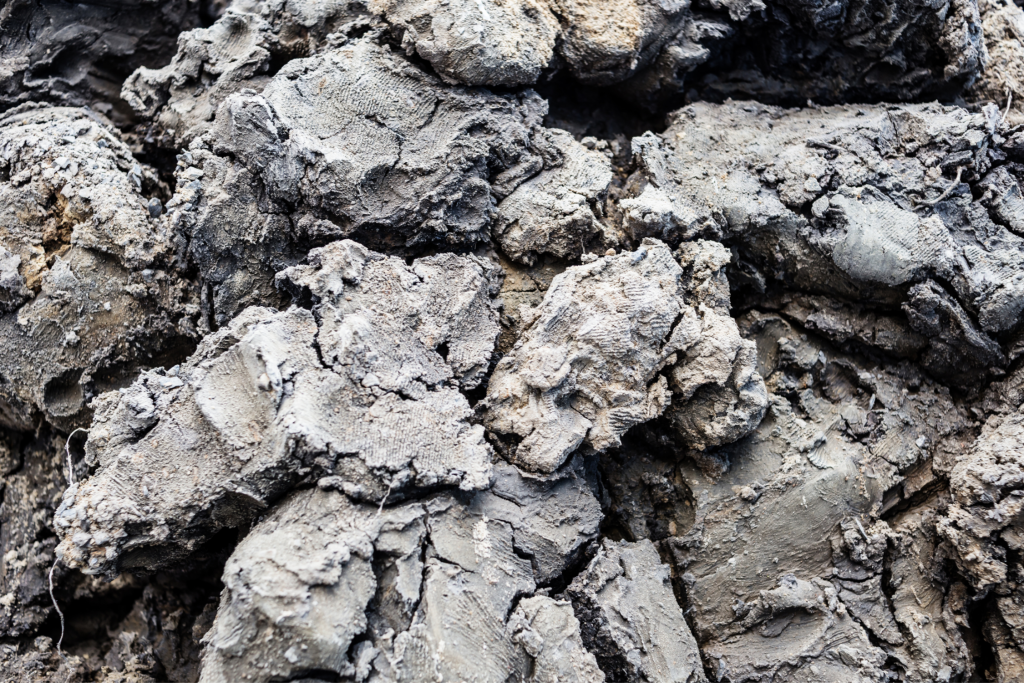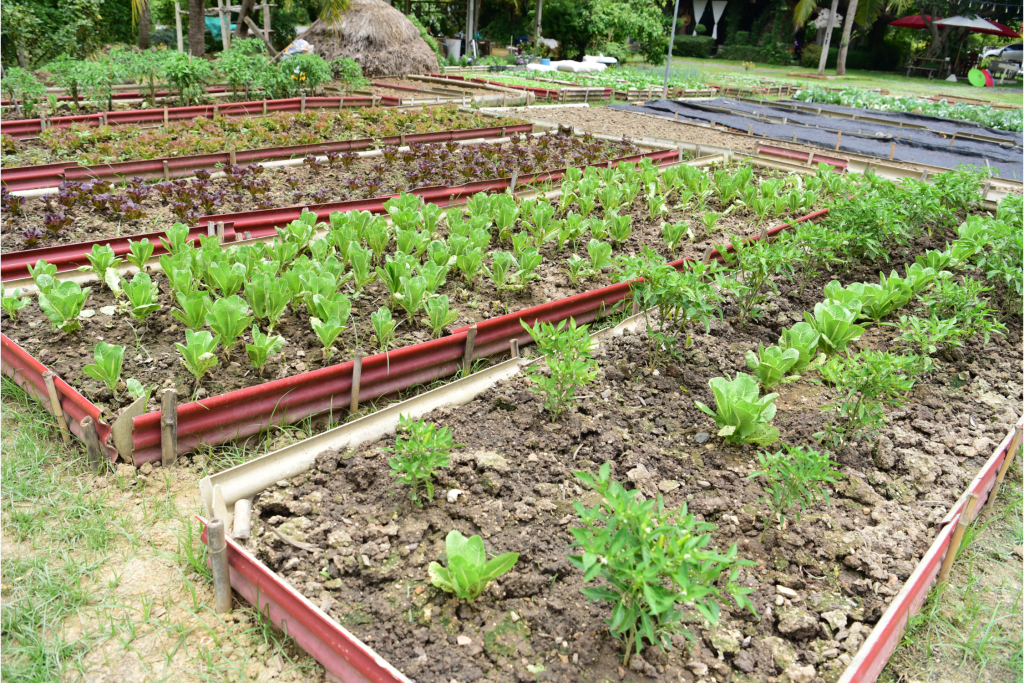Introduction
Clay soil, with its unique texture and properties, often presents challenges for gardeners and farmers. However, when managed correctly, clay soil can be incredibly beneficial for various types of plants and agricultural practices. This blog explores the best uses for clay soil, providing insights into how to optimize its potential for successful gardening and farming.
Characteristics of Clay Soil

Before delving into its best uses, it’s important to understand the key characteristics of clay soil:
- Fine Particle Size: Clay soil consists of very fine particles that pack closely together.
- High Water Retention: The fine particles enable clay soil to hold water well.
- Nutrient Richness: Clay soil can retain essential nutrients, making them available to plants.
- Poor Drainage: Due to its high water retention, clay soil often drains slowly.
Best Uses for Clay Soil
1. Growing Water-Loving Plants
Clay soil’s high water retention makes it ideal for plants that thrive in moist conditions. Some excellent choices include:
- Irises: These beautiful flowers prefer the moisture-rich environment that clay soil provides.
- Hostas: Perfect for shaded areas, hostas enjoy the consistent moisture found in clay soil.
- Astilbes: Known for their feathery plumes, astilbes flourish in the damp conditions of clay soil.
- Willows: These trees and shrubs are well-suited to wetter soils and can help manage excess water.
2. Vegetable Gardening

Certain vegetables perform exceptionally well in clay soil, especially those that benefit from the nutrient-rich environment:
- Brassicas: Vegetables like broccoli, cabbage, and kale thrive in the nutrient-dense conditions of clay soil.
- Root Vegetables: Carrots, potatoes, and turnips can grow well in clay soil if it is properly amended and loose enough to allow root expansion.
- Leafy Greens: Lettuce, spinach, and chard appreciate the consistent moisture and nutrient availability in clay soil.
3. Fruit Trees and Shrubs
Clay soil’s nutrient-holding capacity makes it suitable for various fruit trees and shrubs:
- Apple Trees: These trees benefit from the nutrients and moisture retention provided by clay soil.
- Pear Trees: Similar to apple trees, pear trees thrive in nutrient-rich clay soil.
- Currants and Gooseberries: These shrubs grow well in clay soil, producing abundant fruit when well-maintained.
4. Ornamental Gardens
Clay soil can support a wide range of ornamental plants that enhance the beauty of gardens and landscapes:
- Roses: These classic garden favorites can flourish in clay soil with proper care and maintenance.
- Daylilies: Known for their hardiness, daylilies are well-suited to the conditions of clay soil.
- Peonies: These perennial favorites thrive in the nutrient-rich environment that clay soil offers.
Enhancing Clay Soil for Optimal Use
To make the most of clay soil, consider these enhancement techniques:
- Amend with Organic Matter: Adding compost, leaf mold, or well-rotted manure improves soil structure, drainage, and fertility.
- Raised Beds: For better drainage and easier management, consider planting in raised beds filled with a mix of clay soil and organic matter.
- Mulching: Applying a layer of mulch helps retain moisture, regulate soil temperature, and prevent compaction.
- Proper Watering: Water clay soil deeply and less frequently to encourage deep root growth and prevent waterlogging.
Conclusion
Clay soil, despite its challenges, offers numerous benefits when used correctly. From supporting water-loving plants and nutrient-hungry vegetables to nurturing fruit trees and ornamental gardens, clay soil’s potential is vast. By understanding its properties and implementing proper soil management practices, you can unlock the full potential of clay soil, creating a thriving and productive garden or farm.



